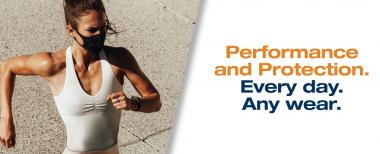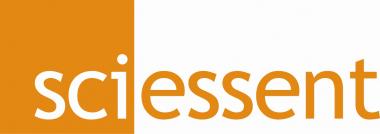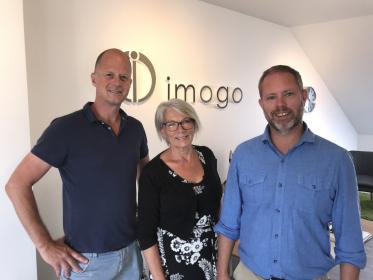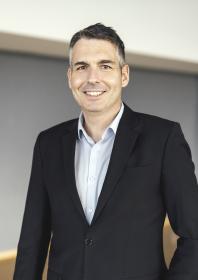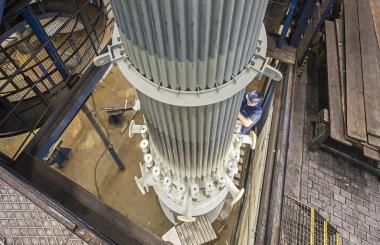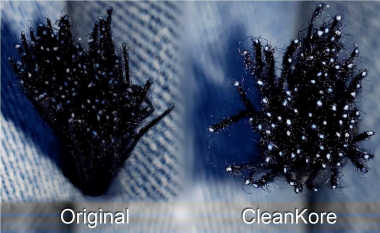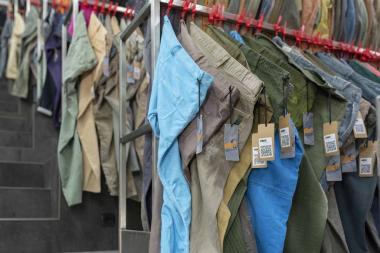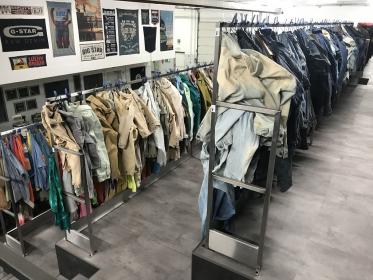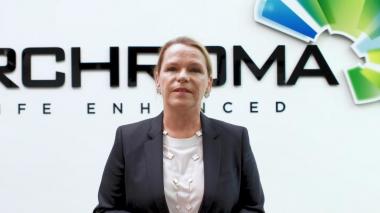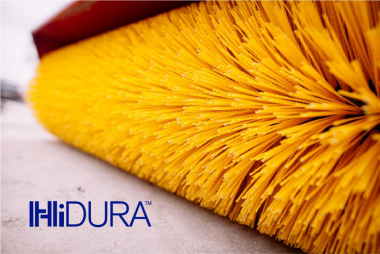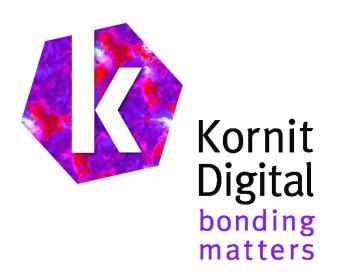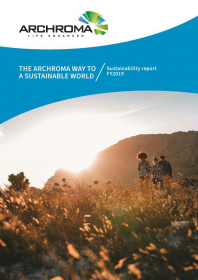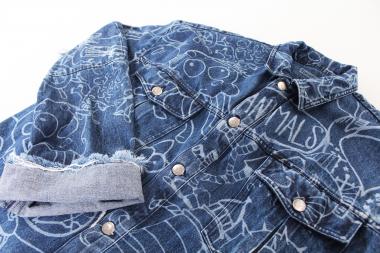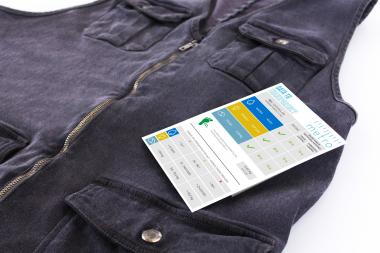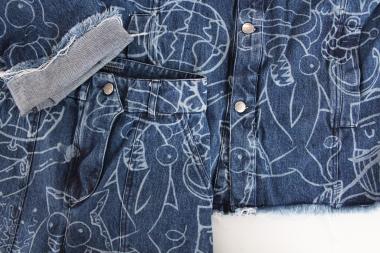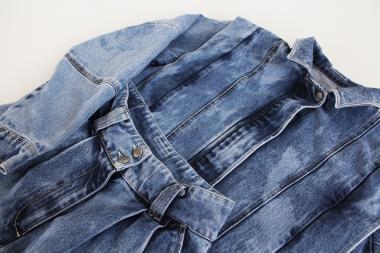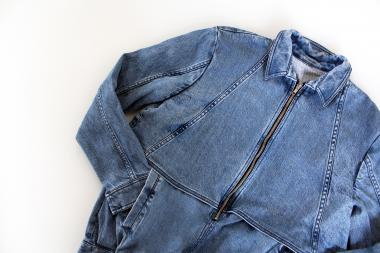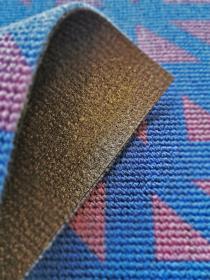Huntsman Textile Effects and Sciessent Partnership
- Partner to Enable Sustainable Microbe- and Odor-Resistant Textiles
- Huntsman Now Delivers Complete End-to-End System for Protection Effects
SINGAPORE – Huntsman Textile Effects and Sciessent have entered into a strategic partnership to bring revolutionary antimicrobial and odor-control solutions to textile mills and brands worldwide. As consumers around the world begin paying more attention to health and hygiene, Huntsman Textile Effects and Sciessent will cooperate to help mills and brands deliver active wear, outerwear, home textiles and other products with long-lasting protection against microbial growth and odor. Huntsman Textile Effects will also become the exclusive distribution partner of Sciessent’s Agion® Antimicrobial*, Lava XL® anti-odor solution, and dual-action Active XL®.
“Both Huntsman Textile Effects and Sciessent share a deep commitment to innovation, environmental sustainability and customer service. As partners, our joint goal is to offer the highest level of protection for textiles so that they stay fresher for longer,” said Rohit Aggarwal, President of Huntsman Textile Effects. “Huntsman Textile Effects now has one of the industry’s most complete end-to-end systems for high-performance protection effects, with a full range of innovative and sustainable protection and comfort technologies from pre-treatment to coloration and finishing.”
“Our presence in the global textile and apparel market has been rapidly expanding based on the strength of our solution set and reputation for delivering an exceptional customer experience,” said Sciessent CEO Paul C. Ford. “Through this partnership, we are both extending our reach to manufacturers and enhancing our offerings by coupling them with Huntsman Textile Effects’ broad range of innovative and sustainable protection technologies. It is a great opportunity for manufacturers to differentiate their products through the combined strength of our brands.”
Sciessent is recognized for the proven effectiveness and safety of its antimicrobial and anti-odor technologies throughout the global textile and apparel industry.
Sciessent Agion® Antimicrobial is the industry-leading antimicrobial solution. Designed with smart-release technology, it delivers long-lasting protection by releasing its active antimicrobial agents only when needed. It can be built-in or applied via padding, exhaust or package yarn to any textile alongside other functional finishes, dyes, inks and pre-treatments. Durable up to 100 home washes, Agion® is also customizable to meet brands’ performance and cost goals. Agion® Antimicrobial has been used on FDA-approved medical devices.*
Sciessent Lava XL® is a next-generation non-bioactive odor-control solution, ideal for sportwear and athleisure wear. While other odor-control technologies capture odors and release them during laundering, Lava XL®’s triple action technology utilizes zeolite minerals with a large surface area to capture, absorb and degrade odors as they pass through the fabric.
Sciessent Agion Active XL® combines the advanced dual technologies of Agion® Antimicrobial and Lava XL® to deliver outstanding odor protection. The antimicrobial fights odor-causing bacteria on the garment, while the odor-control solution captures odor generated by sweat on the skin. The result is that garments smell fresher for longer and sustain a high level of performance for more wears.
The Sciessent solutions are easily integrated into the finishing process and can be combined with a range of other finishes, including Huntsman Textile Effects’ durable water repellents and comfort systems to cost-effectively produce high-performance textile products that are safe and sustainable.
Huntsman Textile Effects and Sciessent both champion environmentally responsible products that help the textile industry meet its regulatory obligations and the expectations of the world’s most exacting brands and consumers. The Agion®, Lava XL® and Active XL® products are all bluesign® approved and listed on the Zero Discharge of Hazardous Chemicals (ZDHC) Foundation ZDHC Gateway, complying with ZDHC Level 3 requirements.
*The Agion® Antimicrobial is presently registered by the United States Environmental Protection Agency as a preservative and bacteriostatic agent for use in treated articles under 40 CFR 152.25a. The information presented herein is not intended to support or endorse public health claims for treated articles. The Agion® Antimicrobial is also used in medical devices under the Food and Drug Administration; those medical device claims are based on safety and efficacy testing and are limited to those approved by FDA.
Agion® Antimicrobial Huntsman Huntsman Textile Effects Sciessent textile and apparel market
Huntsman Textile Effects


